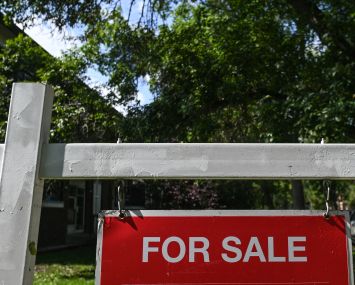Saks, Neiman Marcus Merger Signifies Decreasing Need for Large Luxury Stores
By Andrew Coen July 8, 2024 7:13 pm
reprints
A new but long-expected merger agreement between Saks Fifth Avenue and Neiman Marcus underscores the dwindling need for brick-and-mortar luxury department stores, according to retail experts.
Saks’ parent company, Hudson Bay Company (HBC), announced Thursday it had struck a $2.65 billion deal to acquire Neiman Marcus and form a new business entity called Saks Global. Amazon and Salesforce are investing in the combined company as part of the deal.
New York-headquartered Saks operates 39 stores throughout North America while Dallas-based Neiman has 36 U.S. stores. The merger represents a new chapter in Neiman Marcus’ history, following its emergence from Chapter 11 bankruptcy in 2020.
David Swartz, senior equity analyst at Morningstar, said he does not expect many store closures to result from the merger except where there’s overlap in some markets. He noted, though, that the merger spotlights the declining importance of large department stores over the past two decades, with no recent new openings by major retailers other than smaller outlet stores.
“Luxury sales have changed radically because so many of the major luxury producers are now operating their own stores via e-commerce, and the role of department stores like Neiman Marcus and Saks and Nordstrom and Bloomingdale’s is diminished from what it used to be,” Swartz told Commercial Observer. “The market is really at a saturation point, and there’s just not so much need for large department stores anymore.”
Saks Fifth Avenue and Neiman Marcus have also been hammered recently by declining international tourism from areas like China and the Middle East, according to Swartz. Even in markets like New York — historically a global shopping haven — that have seen a rebound in international travelers in the last couple years, fewer tourists are shopping at luxury stores due to increasing options for that type of retail globally in places such as Dubai, Swartz said.
Swartz said Amazon’s involvement with the merger as a minority investor reflects the increasing importance online sales are playing in the luxury retail sector, which until a few years ago did not have much of an e-commerce presence. He added that from Amazon’s perspective, the investment makes sense as it tries to increase the amount of luxury items for sale, including cosmetics.
The consolidation of luxury department stores with the combined Saks Global company leaves Bloomingdale’s as one of the last major players standing, and that’s a positive overall for the health of the retail sector in commercial real estate, said Gene Spiegelman, partner at Ripco. He doesn’t expect more department store mergers to ensue, noting that other brands like Nordstrom, Macy’s and Bloomingdale’s have differing business models that make acquisitions less likely.
“I don’t see much more consolidation,” Spiegelman said. “It is a question of survival versus consolidation.”
HBC also announced Thursday that Marc Metrick, current CEO of Saks.com, will become CEO of the combined Saks Global business. Ian Putnam, CEO of HBC Properties and Investments, is slated to take on a similar role with Saks Global. Both will report to Richard Baker, CEO and executive chairman of HBC.
The transaction still must clear required regulatory approvals before the merger is completed.
“For years, many in the industry have anticipated this transaction and the benefits it would drive for customers, partners and employees,” Baker said in a statement. “This is an exciting time in luxury retail, with technological advancements creating new opportunities to redefine the customer experience.”
Andrew Coen can be reached at acoen@commercialobserver.com.


